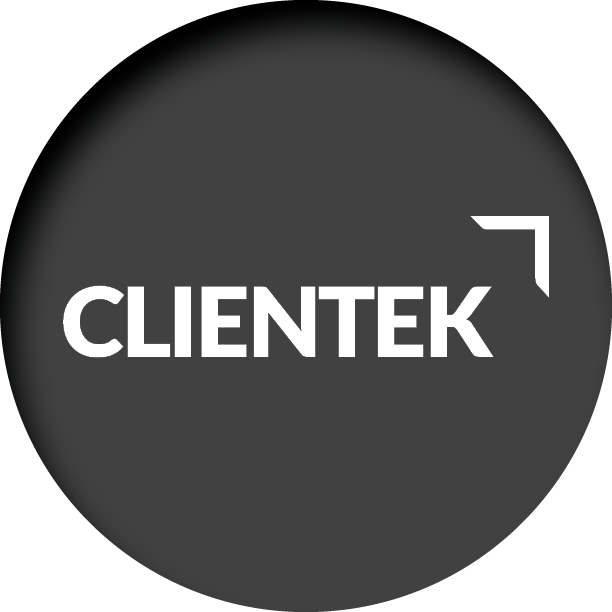We’ve valued continuous learning throughout our 28-year history – learning how to be a better community member, employer, and service provider. Some of that comes from active research, formal training, and other educational resources. Yet much of it comes from more interesting sources. In my last post, I wrote about “Clients”. In Part 2 “Employees”.
When you treat your employees with respect and integrity. When you genuinely care about their successes, you’ll be a more effective organization with many happy members. These same members will bring new ideas often. Ideas born in the intensity of executing fascinating and challenging projects. Make sure you listen to them.
Make this an explicit, planned part of every project. Hold a project retrospective gathering to hear about what worked well and what didn’t. During each project, listen even harder. When you make it easy for someone to speak up, it will happen more often and be more effective. Pay attention to what they are saying about:
-
Your management and leadership style. Right now you are doing something you think is helpful…that isn’t. And your staff members know it. This isn’t the kind of thing that they’ll bring up to you directly. A direct ask is also unlikely to unearth such details. So listen, watch, and turn up your sensitivity a bit. When you can catch yourself in context, in the moment, then you’ll be able to start that discussion with your people on how to be a better boss.
-
Your customers’ unmet needs. With most professional service firms, as you become more successful, growing, and finding new clients, you gradually move away from the day-to-day, direct interactions you once had. Of course you pay attention to your clients’ high-level needs, but you likely aren’t in the trenches anymore. That’s where things are discussed that point to your customers’ unmet needs. Things that your team members are hearing and talking about every day. Make it a point to catch up on those discussions, actively and purposefully. It represents new business opportunities and important chances to help your clients even more.
-
Their needs to perform better and have more control over their lives. In Daniel Pink’s excellent book “Drive” he makes a compelling case for a simple, effective view on human drivers: autonomy, mastery, and purpose. “Autonomy” is as much about you as it is about them. Do you let go? “Mastery” is something to work on together, with a plan. “Purpose”, in the job, is all about your ability to consistently communicate the core values of your company. Find out from and with your employees: does your organization embrace these ideas?
-
The tools of your trade. Yet another casualty of success is that the tools you use to deliver results grow in number and complexity, not to mention their constant state of change. It is very easy for this kind of knowledge to become siloed within even a small organization. Find ways to spread the awareness throughout your teams. Let the lessons learned on one project help the others.
Continuous learning is more effective when is it done explicitly with attention and care. You have a company full of smart people waiting to help.


